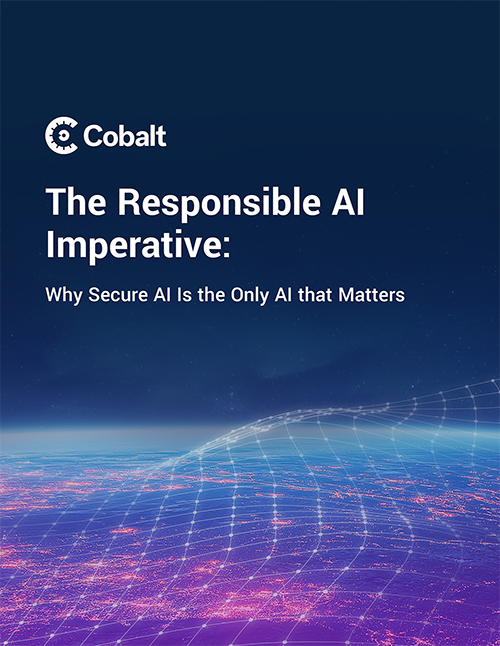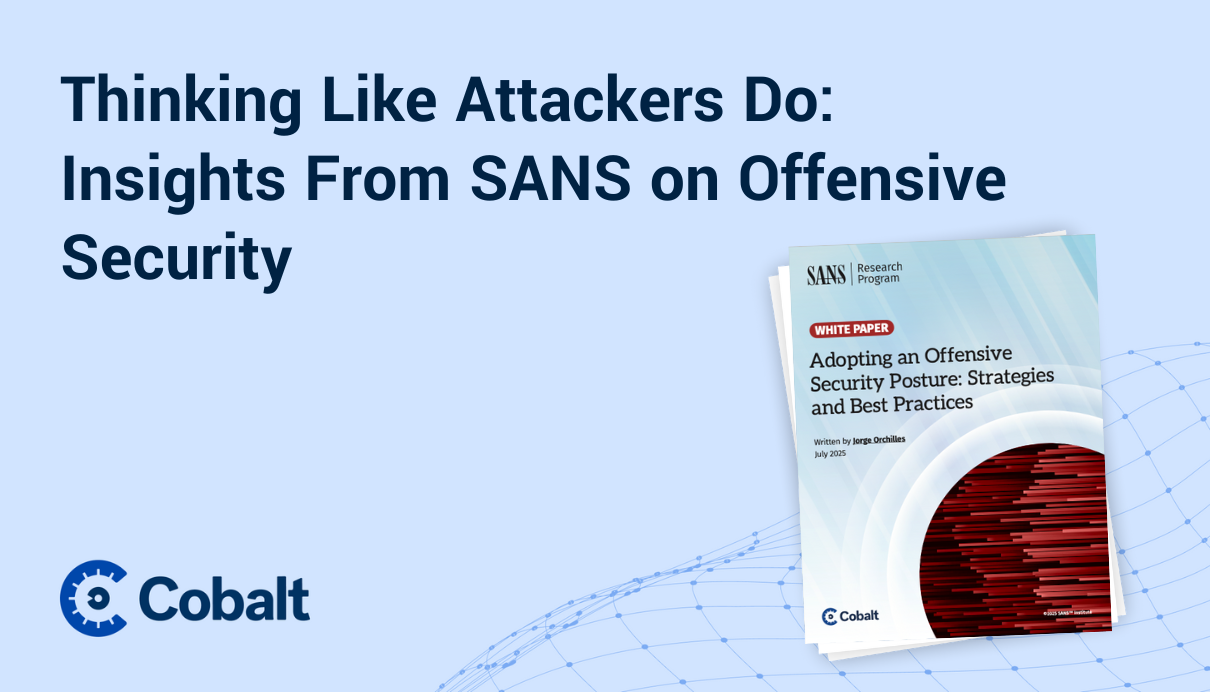Think of the global economy less like a series of independent fortresses and more like a single, globe-spanning power grid. Every business—from a two-person supplier in Southeast Asia, to a multinational enterprise in Texas—is a critical substation. For decades, each of us focused on reinforcing the walls of our own substation. But what happens when an adversary stops trying to knock down the walls, and instead learns how to short out one small, unguarded transformer to cause a cascading blackout across the entire grid?
That’s the new reality we’re living in. This isn't just about protecting your own house anymore. It’s about recognizing that your organization is a single, interconnected node, and your security posture directly impacts the health of every partner, supplier, and customer you interact with. The attack surface is no longer your network; it’s our network. And the adversaries’ new AI-powered playbook is designed specifically to exploit the weakest link in this globally shared chain.
Security leaders are painfully aware of the weak spots in the global digital supply chain, according to a survey of leaders in our CISO Perspectives Report 2025: AI and Digital Supply Chain Risks. In fact, CISOs identified third-party software as the attack vector that concerns them more than any other–above AI and LLMs, phishing and malware, IoT, or insider threats.
We just saw one of the grid’s largest operators—the US government—publicly admit to this vulnerability. When they passed the massive One Big Beautiful Bill Act, the real story wasn't just the funding. It was a stark admission that US government security is inextricably tied to the thousands of commercial businesses, both large and small, that comprise their supply chain.
Governments are trying to harden their own substation, but the true impetus for all of us is the implicit acknowledgment in the new law: the fortress is a myth, and we are all on the same grid.
The New Physics of a Cascading Failure
For years, we could take some comfort in obscurity or scale. But an attacker armed with AI doesn’t have to manually search for a weak point. It can scan the entire global grid simultaneously, identifying the one unlocked maintenance shed—that small supplier with lax security—and use it as the entry point to bypass the primary defenses of the main power plant.
This means our approach to security, especially penetration testing, has to evolve from self-preservation to communal responsibility. It's no longer just about running drills to protect our own assets. It's about ensuring our substation doesn't become the conduit for an attack on everyone we're connected to.
These new drills are about testing the integrity of our connections within the wider ecosystem:
- The tainted shipment: Forget the water cooler; think bigger. Imagine a shared logistics platform used by a manufacturer, a global shipping firm, and a major retailer. If an attacker can "poison" the manufacturer’s inventory management AI with bad data, it could trigger a chaotic chain reaction, disrupting shipments and emptying store shelves a world away. Testing for data poisoning is no longer just internal risk management; it’s about ensuring you’re not passing poison down the supply chain.
- The copied blueprint: In this interconnected economy, your proprietary AI is your unique contribution—your blueprint. If a competitor or hostile actor can probe your AI from the outside and steal that blueprint, they not only harm your competitive advantage, but can use that knowledge to disrupt your partners who rely on your unique capabilities. Proving your model is resistant to extraction is how you prove you're a trustworthy node on the grid.
- The forged work order: Every AI-powered interface you expose to the world—even a simple customer service chatbot—is a connection point to the grid. We must test these connections relentlessly. Can a malicious actor submit a cleverly disguised "work order" to your AI, tricking it into granting access, revealing proprietary partner information, or disrupting a shared workflow?
We All Live in the Same Digital Neighborhood
The most critical takeaway from government actions like the new bill is the death of the fortress mentality. When we read about enhancing US Department of Defense cybersecurity, what it really means is securing the thousands of commercial caterers, software developers, and parts suppliers in its supply chain. The DoD knows its substation is only as strong as the countless smaller ones it connects to.
For every enterprise, large and small, this is our new reality. Your security is not your own. It belongs to everyone you do business with. Penetration testing is no longer just about locking your own doors; it’s about ensuring you haven’t left a window open for someone to climb through and get into your neighbor’s house.
In this deeply interconnected world, securing your own systems is merely the price of doing business. The real work, the work that builds trust and resilience for everyone, is ensuring you’re not the vulnerability that takes down your partners. So, ask your security team this one question tomorrow: "How do we test our AI systems for vulnerabilities?" Then, take their answer and go ask your key suppliers the same question. Their response will tell you the true strength of your section of the grid.
Don’t Let Your AI Become the Vulnerability That Compromises Your Partners
Cobalt offers specialized AI/LLM Penetration Testing Services designed to address the unique complexities of AI systems and ensure the integrity of your digital connections. Our expert pentesters go beyond traditional security, focusing on critical AI-specific threats like prompt injection, model extraction, and data poisoning, as outlined in the OWASP Top 10 for LLM Applications.
Discover how Cobalt can help you:
- Proactively identify and mitigate AI vulnerabilities before they are exploited.
- Strengthen your AI's resilience against sophisticated, AI-driven attacks.
- Ensure your organization is a trustworthy node in the interconnected global economy.
Discover how leading CISOs are navigating the complexities of modern cybersecurity. Download our white paper, "CISO Perspectives: The Evolution of Pentesting," to gain insights into their strategies for building resilient security programs and preparing for the future of AI.








